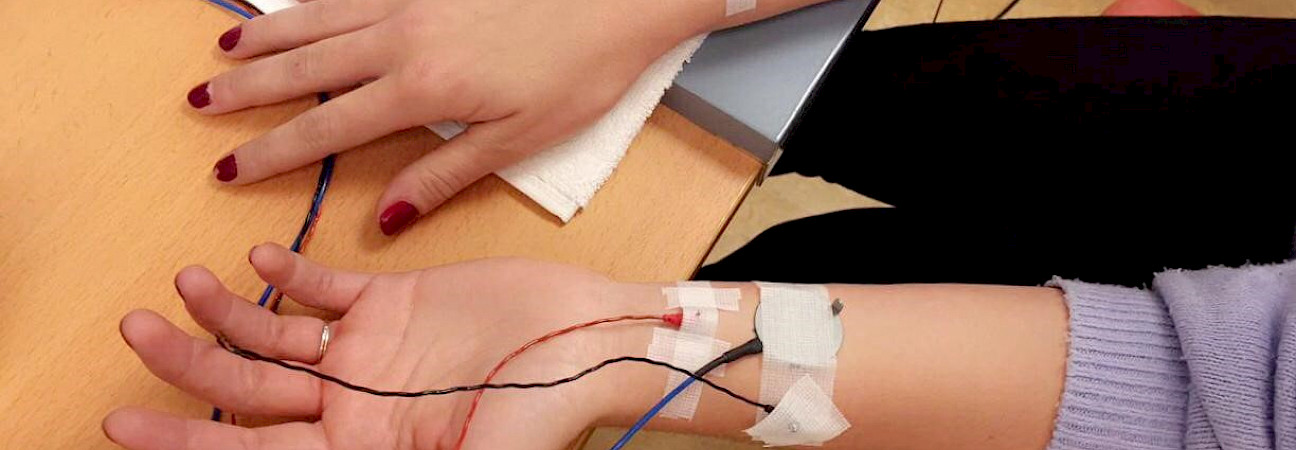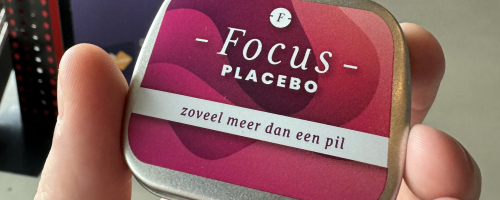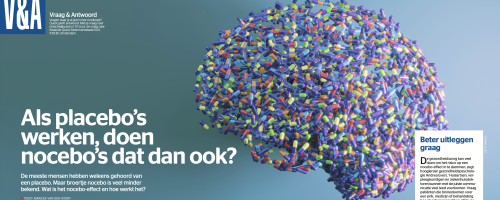Background
Attention is required to organize all incoming information, both external and from our body. Attentional processes enable to select and prioritize certain information, and ignore other information; this way, individuals can perform the tasks they want to do. To this end, we do not want to be distracted by unrelated information, but we want to be interrupted in our tasks when more important information appears (Van Ryckeghem and Crombez, 2018). Itch and pain are both nocifensive signals, i.e. they warn us for potential threat to our body (Ross, 2011), and show overlap in the neurophysiological processing (Carstens et al., 2020). Therefore, a natural response to these signals would be that they draw attention and interrupt ongoing attention for other tasks – this way one can impose appropriate action to remove the source of itch or pain, e.g., an insect that may sting. For pain, it has been shown that it can indeed draw attention, and interrupts in ongoing tasks, although evidence is equivocal (van Laarhoven et al., 2020; Van Ryckeghem and Crombez, 2018; Veldhuijzen et al., 2006). Moreover, higher levels of attention may be associated with increased pain, and patients with chronic pain may display an attentional bias (i.e. enhanced attention) towards pain stimuli, both somatosensory pain and pain-related pictures as well as words (e.g., Broadbent et al., 2021; Todd et al., 2018). For itch, it has been demonstrated that it can be highly contagious; we feel itch and start scratching upon hearing about itch or seeing someone scratching (Schut et al., 2015). This process has also been linked to attention (van Laarhoven & Holle, 2020). Apart from this, not much is known about the role of attention in itch and how the mechanisms relate to those for pain.
Aims for current research
The aim of this project is to elucidate the role of attention in itch, and, when possible, in direct comparison to pain. We focus on an implicit level, when subliminally exposing individuals to itch stimuli, and an explicit level, e.g., when exposing individuals to somatosensory itch or pain inductions or words/pictures related to itch or pain. We also focus on individual characteristics that make people more prone to have an attentional bias towards itch. Importantly, we aim to explore whether attentional processes can be modified, to eventually also reduce itch and pain.
Study methods
We make use of various ways to induce itch and pain, mainly using quantitative sensory testing (QST) stimuli, such as cowhage application and mechanical stimulation to induce itch, and electrical stimulation to induce pain. Also, pictures and words related to itch and pain are used in our research, often in behavioral attention tasks; in some studies with the use of an eye-tracker. We measure brain activity during somatosensory stimulation by use of electroencephalography (EEG) and conduct some virtual reality research. Outcomes include self-reported itch and pain, EEG measures, eye gaze, and reaction times for the behavioral tasks.
For more information, click here




